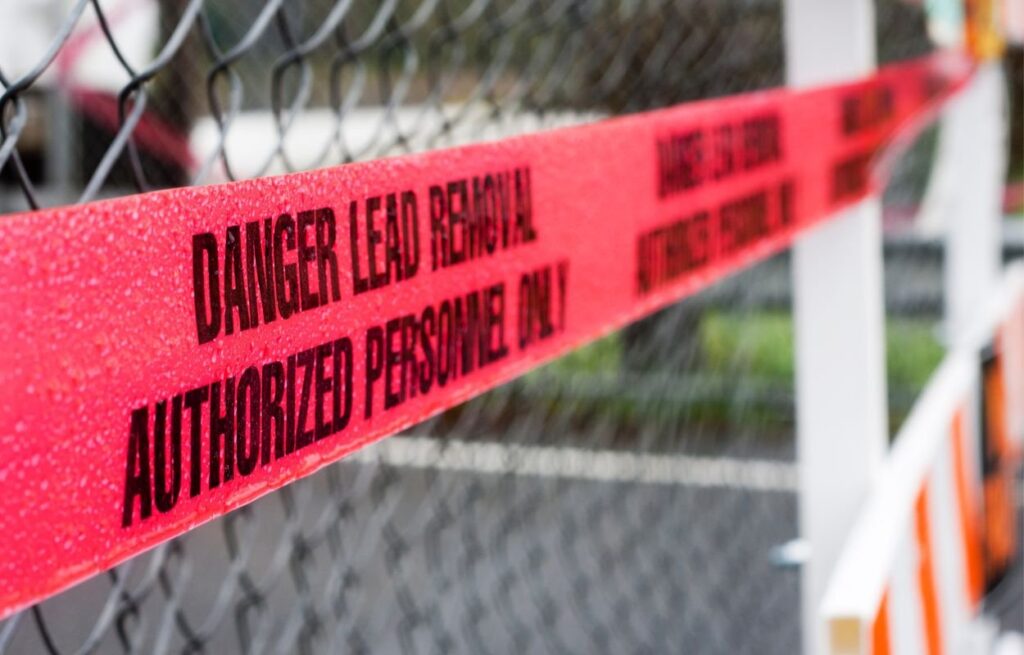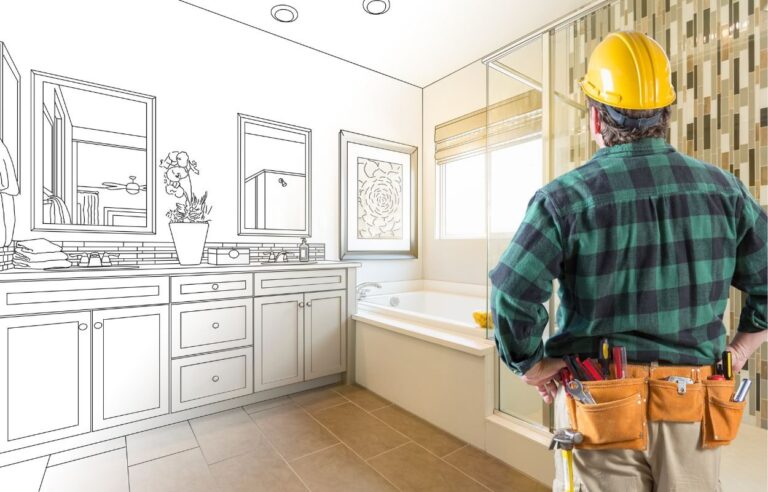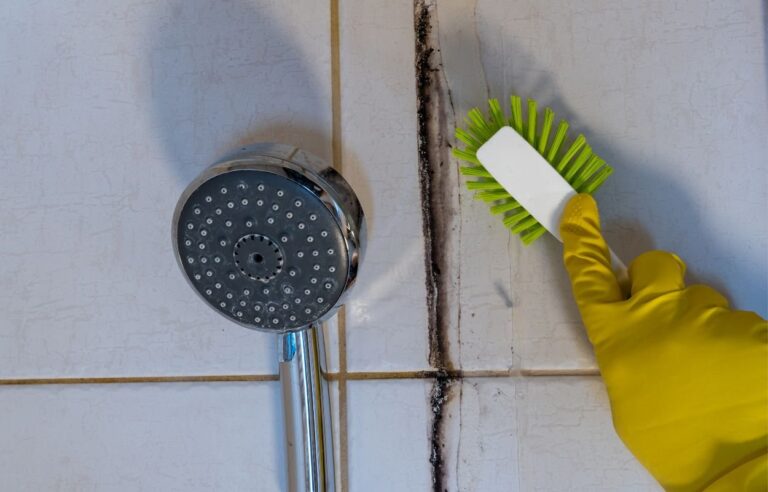
We don’t often think about lead these days. It sounds like something from the past, right? But the truth is, lead is still a problem today—especially in older homes and buildings. It has a long and messy history, and we’re still dealing with the leftovers.
Let’s walk through how we got here and why lead still matters in 2025. Spoiler alert: If you’re living in or renovating an older property, this info is especially for you!
HOW LEAD BECAME SO POPULAR
A long time ago, lead was considered kind of a wonder material. Ancient Romans used it for pipes, paints, and even cookware. That’s right—they drank water through lead pipes and cooked in lead pots. Yikes!
People liked lead because it was soft, easy to shape, and super durable. It didn’t rust like iron and held up well over time. This made it perfect for building and painting—at least, that’s what everyone thought.
Fast forward to the 20th century, and lead was everywhere. It was in paint, gasoline, plumbing, and even kids’ toys. That sounds scary now, but back then, it was normal.
THE DANGERS PEOPLE IGNORED
Here’s the thing: scientists have known for a long time that lead is dangerous. Even small amounts can cause serious health issues, especially for kids. We’re talking about brain development problems, learning delays, and behavioral issues.
Adults aren’t off the hook either. Lead can cause headaches, high blood pressure, joint pain, and even problems with memory. And once lead is in your body, it’s hard to get it out.
But for a while, these health risks didn’t get much attention. Industries using lead made big money, and no one wanted to rock the boat. So, the warnings were ignored.
WHEN THINGS FINALLY CHANGED
It wasn’t until the 1970s that people really started paying attention to how harmful lead was. The U.S. banned lead in residential paint in 1978. Canada followed suit around the same time. But the damage had already been done.
Millions of homes were already painted with lead-based products. Cars had burned leaded gasoline for decades. Water flowed through lead pipes all over cities and towns.
And that means lead didn’t just disappear. It stuck around—in walls, in soil, in plumbing systems—and it’s still hiding in older homes today.
WHY LEAD IS STILL A PROBLEM NOW
You might think, “Okay, but if we stopped using lead, why is it still an issue?” Great question!
The problem is that lead doesn’t break down or go away on its own. If your home was built before the 1990s, there’s a good chance it still contains lead-based paint or lead pipes. And if that paint starts chipping or you start renovating, those particles can become airborne or get into the dust in your home.
That’s when things get risky. You and your family could breathe in or accidentally swallow lead dust without even knowing it. That’s why lead abatement is so important.
WHAT IS LEAD ABATEMENT?
Lead abatement is a fancy way of saying “getting rid of lead safely.” It’s not just painting over the problem or doing a quick fix. It’s a complete process of removing or sealing off lead hazards to protect people’s health.
Professionals trained in lead abatement know how to handle lead safely. They wear proper gear, use special equipment, and make sure no one gets exposed during the cleanup.
In places like Port Alberni, this kind of work is crucial. There are many older homes and buildings in the area, and many of them still contain lead. If you’re thinking about doing any kind of renovation, it’s smart to look into lead abatement in Port Alberni before you start swinging that hammer.
SIGNS YOU MIGHT HAVE A LEAD ISSUE
If you’re not sure whether your home has lead, here are some things to look for:
-
It was built before 1990
-
There’s old, chipping paint on walls or windows
-
You have original plumbing with strange-colored water
-
You’ve never tested your home for lead
You can also buy lead testing kits at hardware stores or hire a professional to check for you. If you find lead, don’t panic—just don’t try to deal with it yourself. It’s better (and safer) to call in the pros.
WHY DIY ISN’T WORTH THE RISK
We know it’s tempting to save money by handling home projects yourself. But when it comes to lead, it’s really not worth the risk. Scraping or sanding old paint can release lead dust into the air, and once that happens, it’s hard to contain.
Even vacuuming won’t fully remove it. In fact, using a regular vacuum can make it worse by spreading the dust around. The last thing you want is to unknowingly expose your kids or pets to something toxic.
Hiring a certified team for lead abatement in Port Alberni ensures everything is done safely, and your home becomes a safer place to live.
THE GOOD NEWS: LEAD CAN BE DEALT WITH
Yes, lead is a big problem—but it’s one we can manage. With proper testing, abatement, and awareness, it’s totally possible to make older homes safe again.
Plus, dealing with lead hazards adds value to your home. Whether you’re planning to sell or just want peace of mind, a lead-free home is a win-win.
Many local and provincial programs also offer support for lead removal. You might be able to get funding or rebates to help cover the cost, so it’s worth checking.
STAY SAFE, STAY INFORMED
At the end of the day, knowledge is your best defense. The more you know about lead, the easier it is to protect your family and your home.
If you’re living in an older house or planning a renovation, take a moment to think about lead. Get your home tested. Talk to a professional. Look into proper lead abatement in Port Alberni.
Lead may have a long history, but with the right steps, it doesn’t have to be part of your future.
